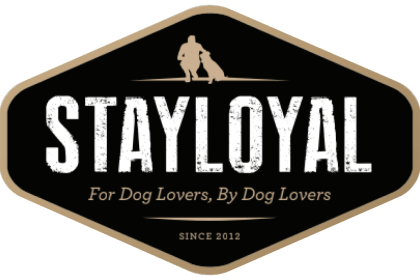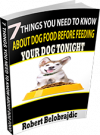Signs of Stress in Dogs

Dogs get stressed or fearful about things just like we do. Unfortunately, they don’t show it in ways that we always recognize. Knowing when your dog is bothered can help strengthen your bond, avoid training frustration (is he not listening because he is too anxious about something?), and perhaps most important, help avoid fear aggression/biting.
A dog that is stressed or scared of something – whether it’s a new environment, the dog across the street, people, cars, etc. – is in his “survival mode.” At this point, their amygdala has sent warning signals out and your dog is only thinking about fight or flight. They cannot physically respond to your training cues. Your dog is now at a crossroads. Option 1: he can turn and run. Option 2: he can fight. Often this choice is forced upon a dog because he is restrained by a leash or your arms and so cannot choose option 1. This is when fear biting or even aggression biting, can happen.
Knowing the early signs of stress, before your dog gets to the point where he cannot respond, is imperative to the owner-dog relationship.
So What Are Those Early Stress Signs???
Signs Your Dog is Stressed
Thankfully, dogs have a LOT of stress signals. Here are the common ones:
· Panting excessively when it’s not that hot outside or he hasn’t been exercising
· Lip Licking
· Furrowed brow (“worried” wrinkles on the forehead)
· Tail tucked between legs in a way not usual for your dog (remember breed-specific tail sets come into play, some carry theirs naturally low, but even those breeds can tuck their tail – I’ve seen greyhounds with their tale tucked so far its touching their belly).
· White of the eyes showing. In some dogs, the eyes may actually bulge. This is called “whale eye.”
· Drooling (in breeds not prone to drool)
· Yawning
· Whining (some may stress bark)
· Loss of appetite
· Taking treats hard– meaning he will grab the treats from you, bite harder than normal and may even accidently bite you. This is especially noticeable in dogs that normally are polite treat takers, but if you pay attention you can notice the change even in dogs that are normally a bit overzealous about treats.
· Cowering (many dogs may try to hide behind something)
· Fleeing – trying to run away from the situation
· Freezing – meaning their entire body becomes still and rigid (many dogs will freeze just before they bite!)
· Stop responding to cues they normally respond to.
Remember, if your dog is displaying any of these it’s time to change the situation by adding some distance between your dog and whatever is causing the stress. Once your dog is at that the point where he cannot respond, you need to change the situation by removing the trigger completely. That is the only solution at that point. Especially if the dog had a history of fear biting.
The late Dr. Sophia Yin made incredible posters that are free to download from her site that show these signs in pictorial form. If you have children at home, these are a MUST for the refrigerator. Here’s a direct link https://drsophiayin.com/blog/entry/free-downloads-posters-handouts-and-more/ She also has ones for greeting dogs, also great for children.
If you have noticed your dog doing all of these things often, then you may want to find a dog trainer to help you work your dog through some of their fears. Done correctly, you can make your dog a happier, more relaxed member of the family, which everyone will appreciate.








